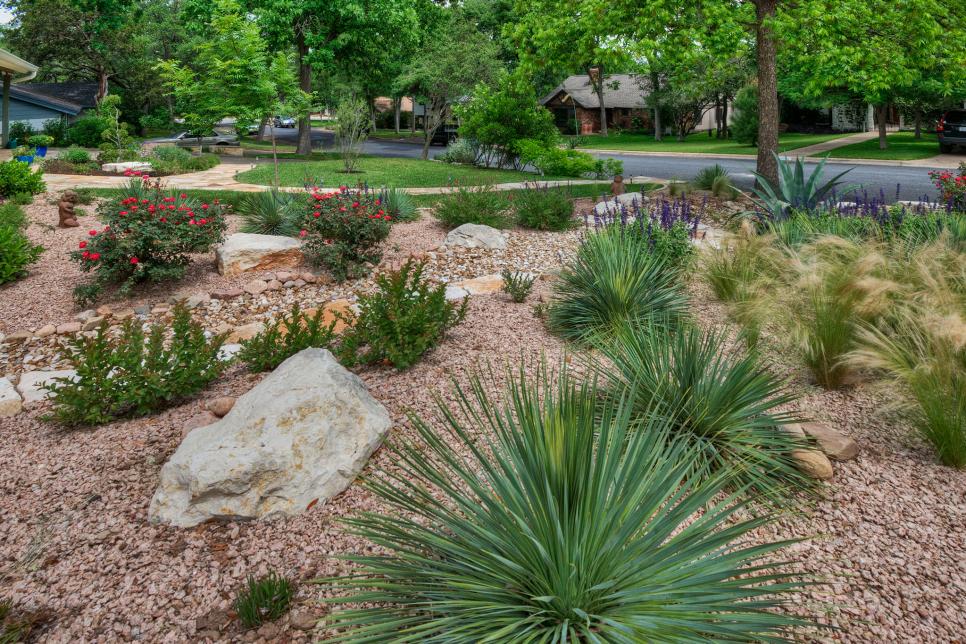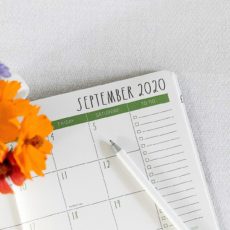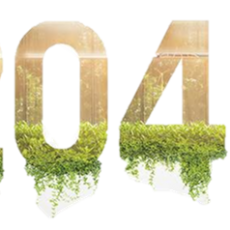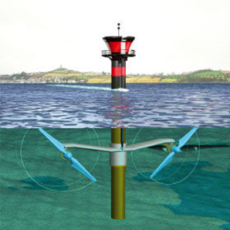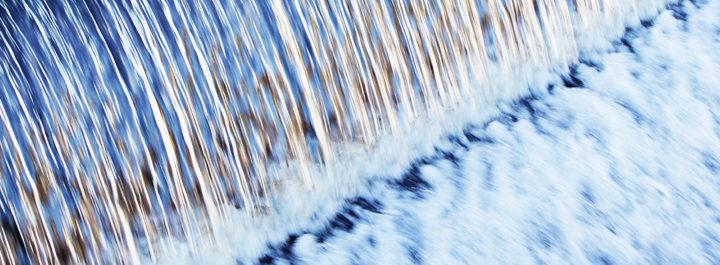
As the climate changes many major cities will face water shortages. Rising temperatures evaporate water from lakes and streams and shifting weather patterns reduce snow and rainfall leaving less fresh water for human use. Coupled with a rise in global population, demand for fresh water could outpace supply by 2030, according to a UN report.
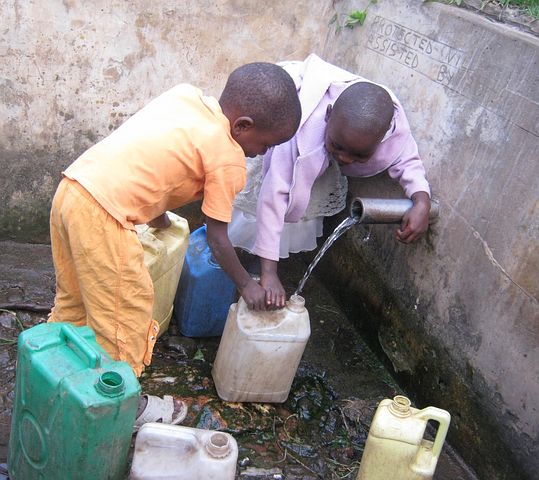
Yet some major cities are facing water shortages now. After three years of drought in Cape Town, South Africa Day Zero loomed – a day where taps would run dry. Extreme measures were put into place to avoid such a catastrophe. Each resident could only use 13 gallons of water a day. Those 13 gallons were for everything from drinking, showering, brushing teeth and even flushing a toilet. Agriculture water use was cut 60%. It worked. Cape Town did not go dry and this December some restrictions were relaxed. But they’re not out of the woods yet. Day Zero hasn’t been defeated, just delayed.
In the US, most of the West has dealt with 19 years of historic droughts and in the past few years states have responded by asking consumers to conserve water. By looking to areas dealing with drought now we can get in healthy water habits for the future. Even if you don’t live in a drought prone area, it’s easy and budget friendly to conserve water in your home.
1. Turn off the tap!
Dentists recommend brushing your teeth for at least two full minutes twice a day. Bathroom faucets use 2 gallons a minute. If you leave the tap on for the whole time that’s 8 gallons down the drain. Simply turning your tap off when you brush your teeth is an easy lifestyle change to save some water.
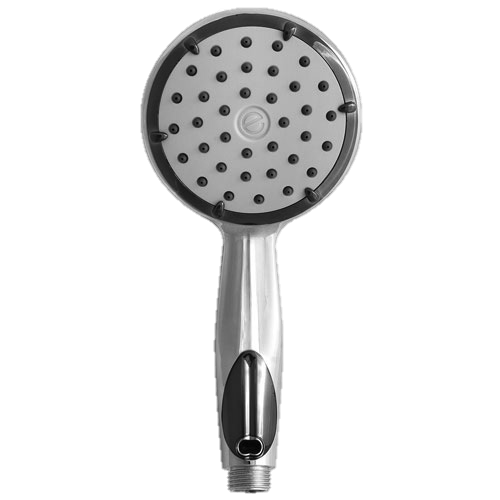
2. Take a shorter shower.
A typical 15 minute shower uses about 20 gallons of water. Cutting your shower by a few minutes can result in big savings!
If you aren’t willing to spend less time in the shower, consider a low flow shower head. Pre1992 shower heads could use as much as 5 gallons per minute! If you take a ten minute shower that’s a lot of water. Modern low flow showerheads use less than half that. An easy upgrade could mean a smaller water bill and cleaner conscience.
3. Switch to a low flow toilet
Toilets can take up to 14% of a home’s total water usage. If your toilet is a little vintage (pre 1992) each flush can send up to 6 gallons of water down the drain. Modern dual-flush toilets use less than a gallon for liquid waste and only 1.6 gallons for solid.
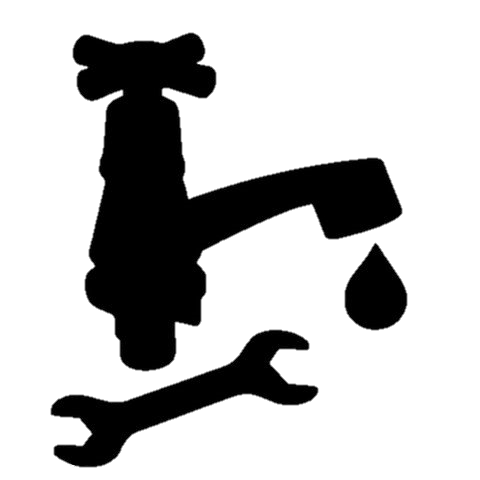
4. . Look for leaks
A leaky toilet can be a sneaky drain on your water bill. To see if you have a leak, put a few drops of food coloring in the tank of the toilet. If it shows up in your bowl in a few minutes, you’ve got a leak! An easy fix is to replace your rubber stopper with a new one.
Small drops in a leaky faucet can add up. A faucet that drips once a second can waste over 3,000 gallons a year! You can fix a faucet with just a few small parts from your local hardware store.
5. Change your landscaping
According to the EPA, lawn maintenance is responsible for 30-60% of home use. Changing up your lawn can change up your water bill and help the environment at the same time. Reducing the amount of bluegrass on your lawn is a simple start, try replacing some grass with a stone feature or pathway. If you still want a lush green look consider replacing grass with native plants or clover. If you just want a show stopping garden while being eco friendly, Xeriscaping is the way to go. The term comes from the Greek Xero – meaning dry. Xeriscaping uses rocks, mulch, and other features to highlight low water consuming plants like cacti. Xeriscaping isn’t sparse, it can be spectacular and trendy! In Los Angeles, residents can get a rebate of $1.75 for every square foot of xeriscaped lawn.
